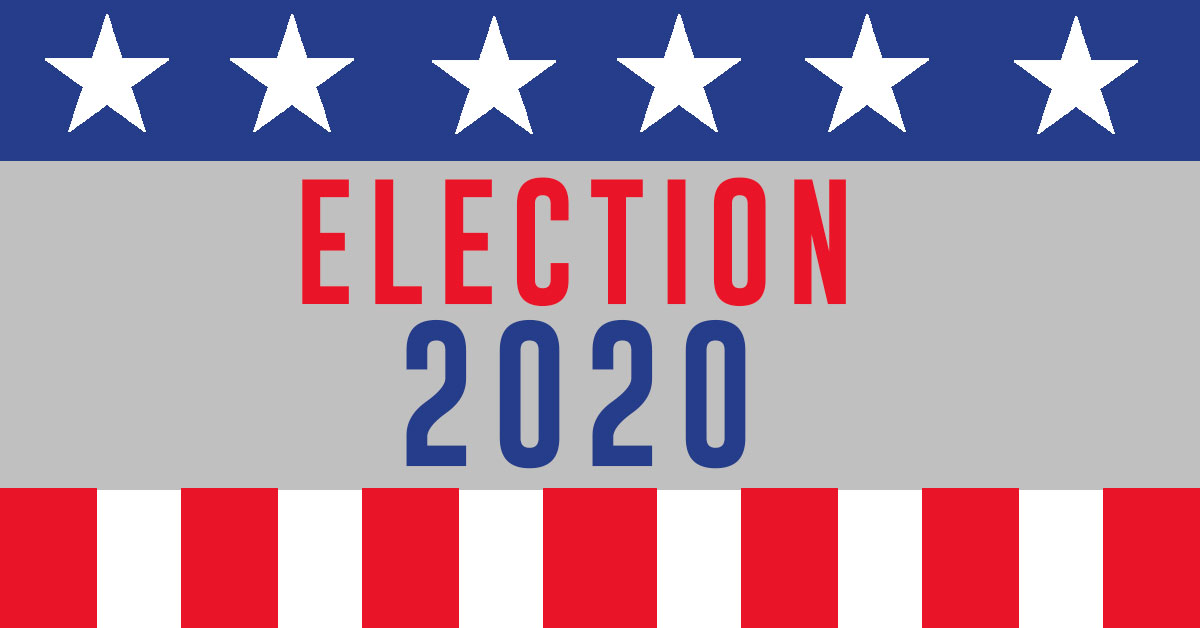The 2020 United States presidential election, held on November 3, 2020, saw an unprecedented level of voter engagement. Over 159 million Americans cast their ballots, representing about 66.8% of eligible voters.
This historic turnout occurred amidst a global pandemic, widespread social unrest, and a deeply divisive political climate, highlighting the high stakes and public interest in the race between incumbent Republican President Donald Trump and Democratic challenger, now President, Joe Biden.
What Was the Significance of the 2020 U.S. Elections?
The 2020 election saw over 159 million Americans voting, marking about 66.8% of eligible voters. This record turnout was driven by expanded access to mail-in and early voting, heightened public interest, and extensive efforts by both political parties to mobilize voters.
Overview of the 2020 U.S. Election Turnout
Total Number of Voters: 158.4 Million
Approximately 158.4 million Americans voted in the 2020 election. This was a significant increase from the 2016 presidential election, where about 136.6 million Americans voted, representing a 60.1% turnout of the eligible voting population.
Key Statistics and Highlights
- Mail-In and Early Voting:
- Youth Voter Turnout:
- Suburban Voter Shift:
- Minority Voter Impact:
- Gender and Education:
Due to the COVID-19 pandemic, there was a substantial increase in mail-in and early voting. About 43% of voters cast ballots by mail in 2020, compared to 21% in 2016.
Young voters (ages 18-29) played a crucial role, with an estimated 50-52% turnout rate, up from 39% in 2016. This demographic significantly supported Joe Biden, influenced by issues like climate change, racial justice, and student debt.
Suburban areas, traditionally Republican strongholds, saw a noticeable shift towards the Democratic Party. This was evident in key swing states like Georgia, Arizona, and Pennsylvania, where suburban voters were instrumental in Biden’s victories.
African American voters, especially in urban centers like Atlanta, Detroit, and Philadelphia, were crucial in swinging key states in Biden’s favor. Additionally, Hispanic and Asian American voters showed significant engagement, with varying regional voting patterns. For instance, Trump garnered considerable support from Hispanic voters in Florida and Texas, while Biden received strong backing from Hispanic voters in Arizona and Nevada.
Gender and educational attainment played significant roles. Women, particularly college-educated women, strongly supported Biden. In contrast, Trump maintained substantial support among non-college-educated white men, highlighting the educational divide in voter preferences.
Factors Contributing to High Voter Turnout
Political Climate: The 2020 election was marked by extreme polarization and heightened political engagement. The stark contrast between Trump and Biden galvanized voters across the political spectrum.
Key Issues Driving Voter Interest: Several issues significantly influenced voter turnout, including:
- COVID-19 Pandemic
- Economic Concerns
- Social Justice Movements
Voting Methods and Accessibility
The Role of Technology and Social Media
Voter Mobilization and Suppression
Implications of High Voter Turnout
Lessons Learned and Future Considerations
For more insights on U.S. elections and politics, follow Janta.
